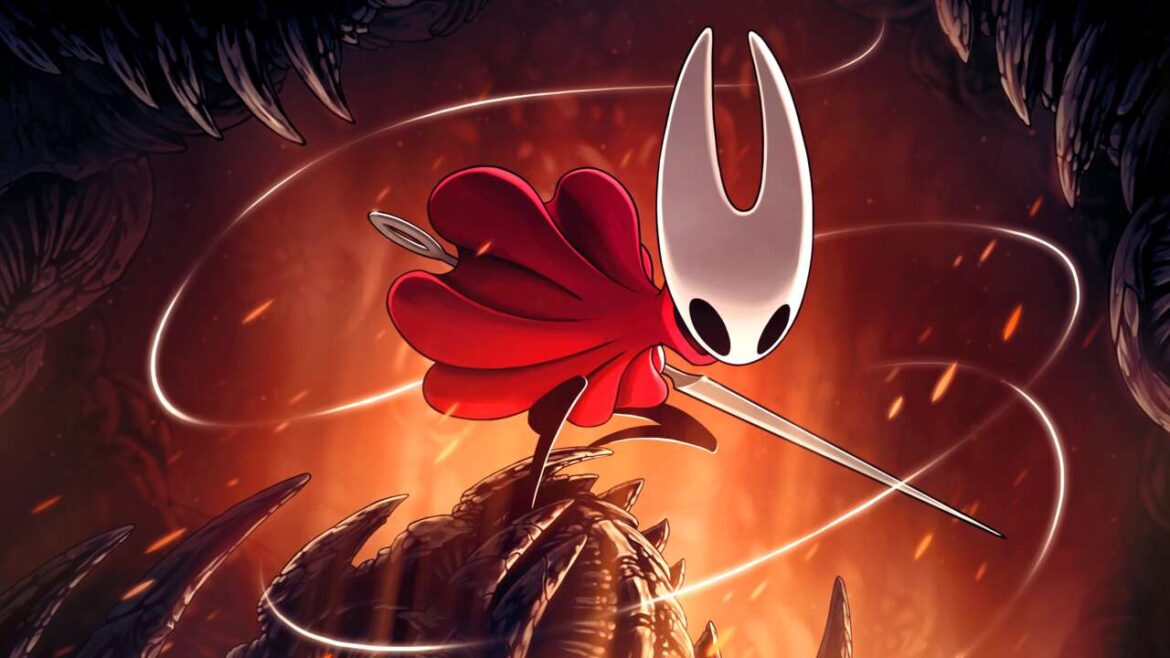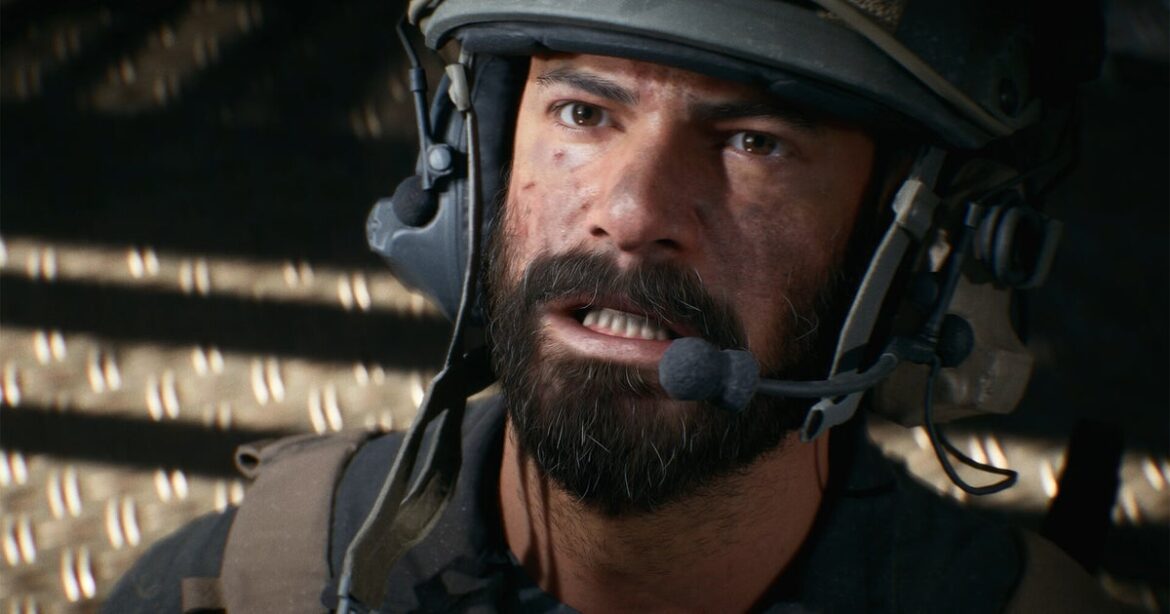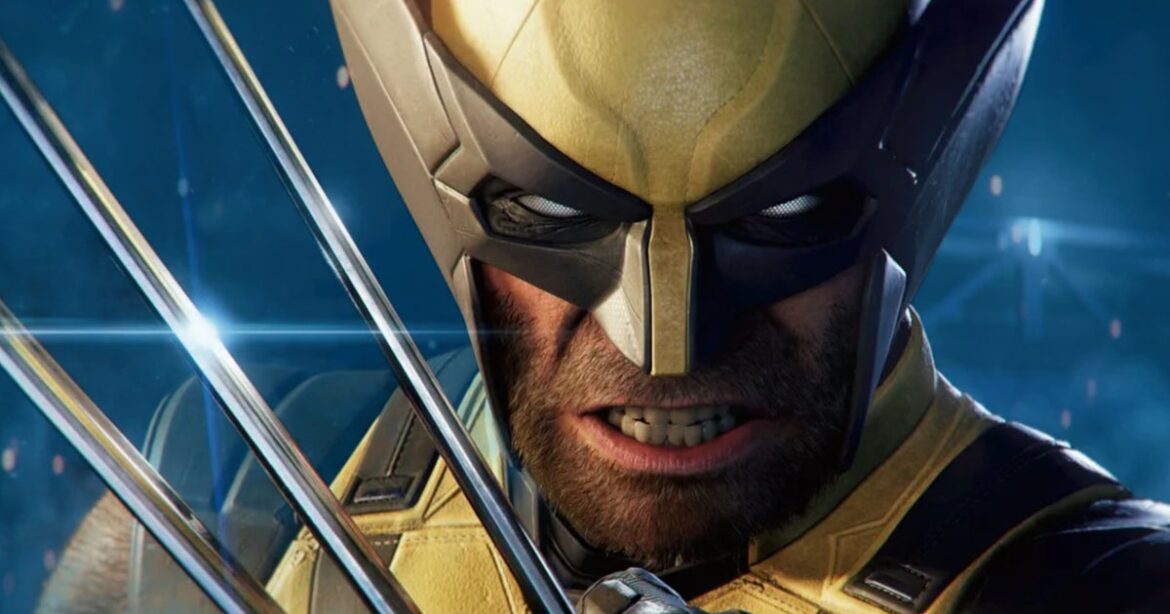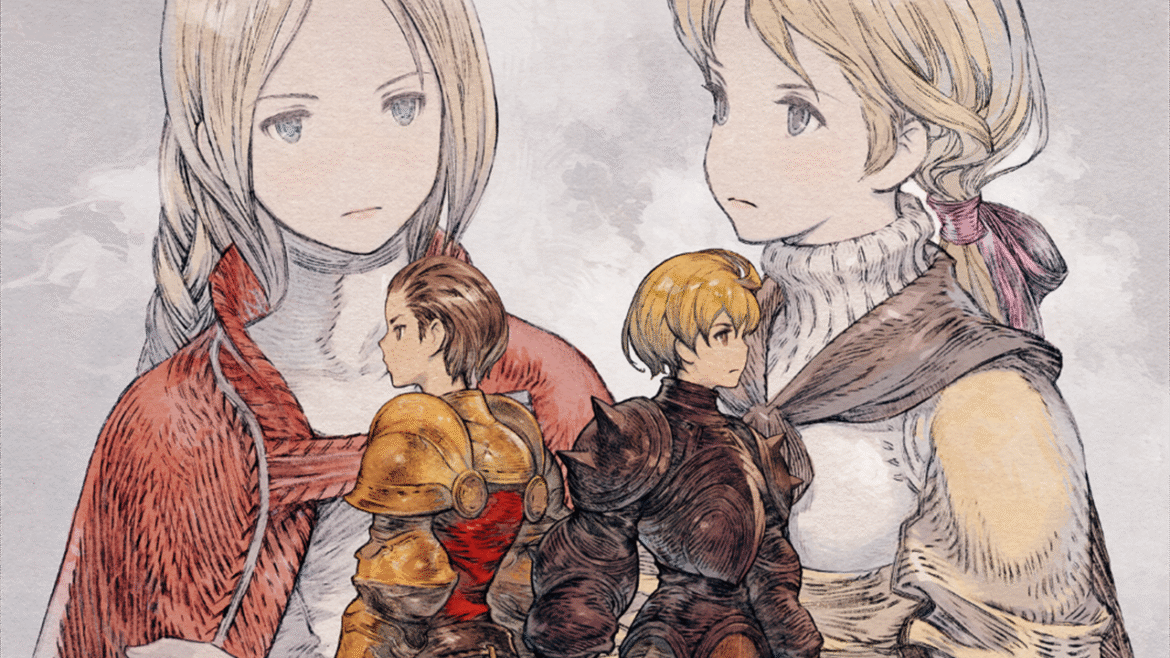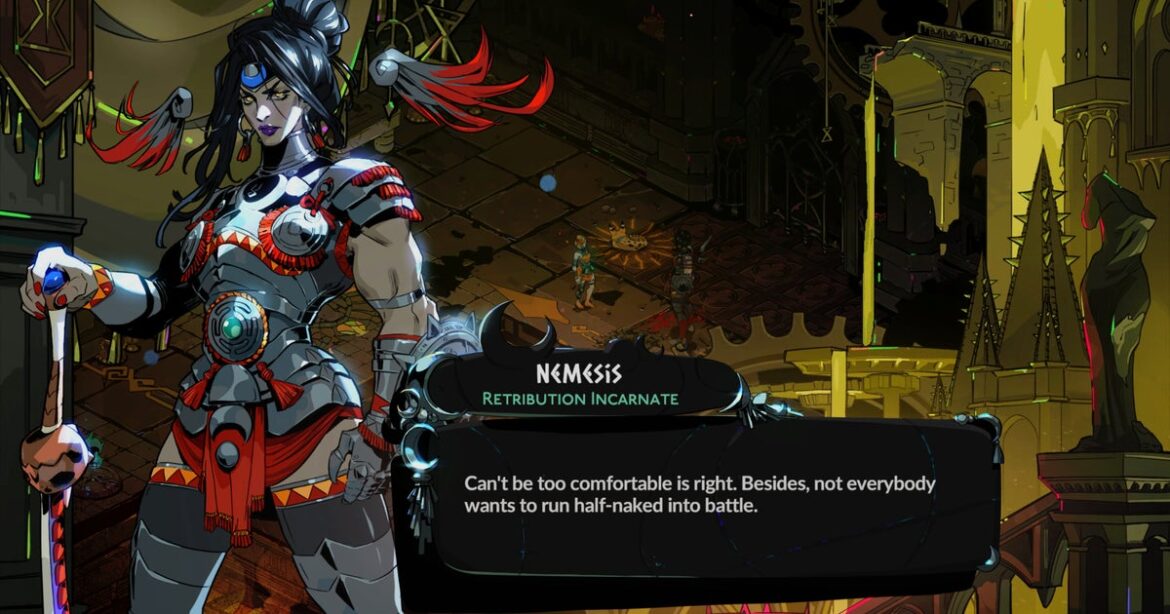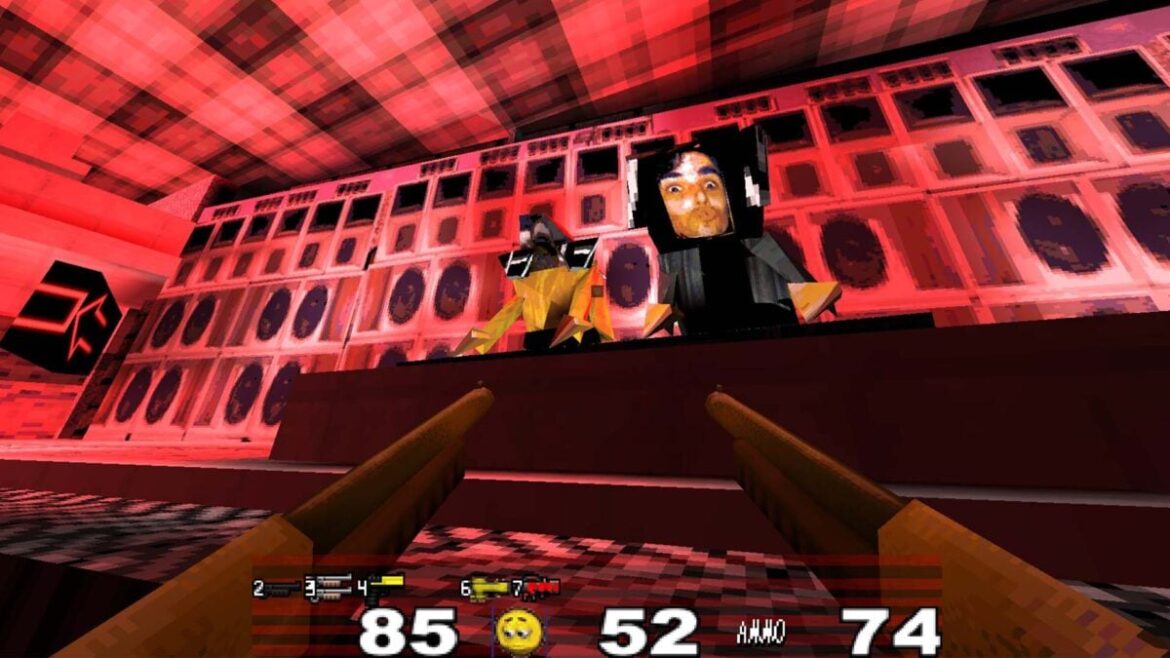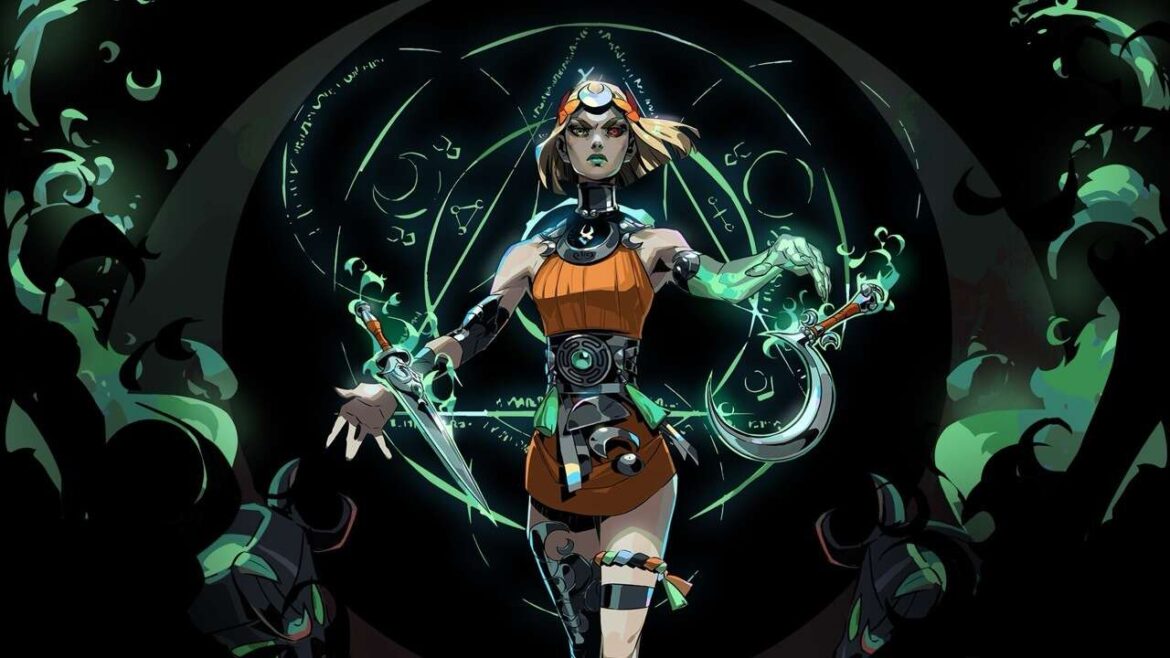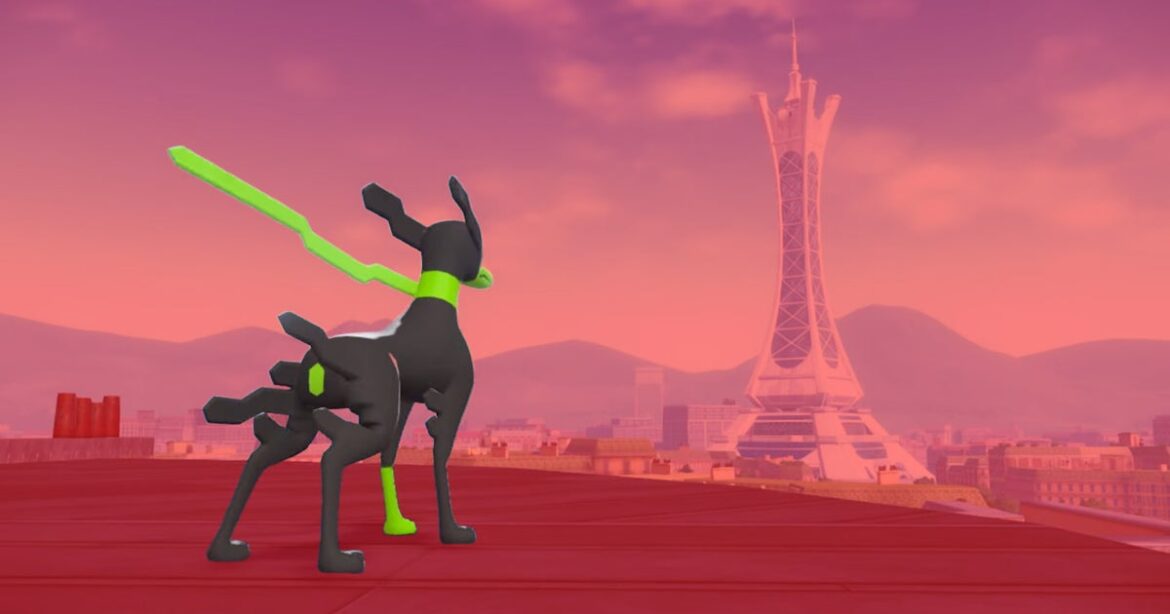PlayStation and friends put together a thankfully brief State of Play presentation that streamed on the company’s Twitch and YouTube channels. Ahead of the show, we knew we’d be seeing more of Housemarque’s new Rahul Kohli-led action game Saros, but we didn’t know what would take up the other 30 minutes of the 35-minute showcase. If you didn’t get a chance to watch live, you can watch the VOD here, or scroll down to get all the highlights.
Saros
Saros kicked off the show with a new gameplay trailer showcasing its fast-paced, momentum-driven shooter mechanics. Kohli’s character has a ton of mobility options to jump and zip around the battlefield, shooting and stabbing a wide spread of vicious beasties. There’s some gesturing at the story here, but all I can really gather is that the main character is searching for a woman in this alien hellscape. The game is coming to PS5 on March 20, 2026.
Zero Parades for Dead Spies
Next up is Zero Parades, ZA/UM’s follow-up to Disco Elysium. The game was originally announced at Gamescom Opening Night Live, but was only confirmed for PC at the time. So now we know it’s coming to PS5.
Microsoft Flight Simulator 2024
First thing I had to do was make sure that there wasn’t a Microsoft Flight Simulator 2025 and that Microsoft wasn’t deliberately giving PlayStation an out-of-date version of its flight sim. That would have been funny in a petty kind of way. Microsoft Flight Simulator 2024 is coming to PS5 on December 8.
Battlefield 6
Battlefield 6 is just a couple of weeks away from its October 10 release date, so it makes sense Sony and EA would want to get the game in front of people in one more showcase. A lot of the leadup to launch has focused on the multiplayer, so it’s good that we got a quick glimpse of its dramatic campaign here.
Deus Ex Remastered
One of the first real surprises of the show was Deus Ex Remastered, a revamped version of the beloved RPG. The original Deus Ex is celebrating its 25th anniversary this year, and to celebrate, Eidos Montreal and Aspyr are sprucing up the game for modern platforms. The remaster is coming to PlayStation 5 on February 5.
Halloween
We also got a new look at the asymmetrical Dead by Daylight-like Halloween game, though it won’t be out by the holiday. The game is set to launch on PS5 on September 8, 2026.
Last Epoch
Next up we got confirmation that dungeon-crawling RPG Last Epoch is leaving PC exclusivity behind and coming to PS5. The game’s first expansion, Orobyss, will also launch the same day the game hits the console.
The Seven Deadly Sins: Origin
The Seven Deadly Sins: Origins is an upcoming open-world game based on the anime of the same name. It’s coming to PS5 on January 28.
Sonic Racing: Crossworlds
After leaking ahead of time, Sega announced the Mega Man DLC characters coming to Sonic Racing: Crossworlds. Mega Man and Proto Man will be added to the roster alongside a Dr. Wily’s Castle-themed track next year.
Nioh 3
Koei Tecmo grabbed the mic for two back-to-back announcements. First, the company showed off a new look at Nioh 3 and announced the action game will come to PS5 on February 6. This was followed by the announcement that a Dynasty Warriors 3 remaster is coming. Dynasty Warriors 3: Complete Edition Remastered will hit PS5 on March 19.
Code Vein II
Bandai Namco showed a new trailer for it’s upcoming action RPG Code Vein II, because who doesn’t want another soulslike in their backlog? The game will launch on PS5 on January 30.
Final Fantasy Tactics: The Ivalice Chronicles
Square Enix showed up to remind you that Final Fantasy Tactics: The Ivalice Chronicles is imminent. But who needs a new trailer when you can read Kotaku‘s review? The game is coming to PS4 and PS5 on September 30.
Let It Die: Inferno
Another fun surprise in the showcase was Let It Die: Inferno, a sequel to the cult classic action game from Grasshopper Manufacture. That’s refreshing given the only follow-up we got previously was a battle royale game back in 2022. Inferno is coming to PS5 on December 3.
Chronoscript: The Endless End
Next up is Chronoscript: The Endless End, a sidescrolling action platformer about a man that is trapped within the pages of books. The game will launch on PS5 next year.
Crimson Desert
Crimson Desert, one of the only games to make me crash out at a preview event, was given a new trailer that included a release date. The action game will come to PS5 on March 19.
Pulse speakers
If you’re in the market for new home theater speakers, Pulse is releasing PlayStation-branded ones that are compatible with your PS5, PC, Mac, and even your PlayStation Portal. They’ll be available in black or white next year.
PlayStation Plus
Next we got a brief check-in on the games coming to PlayStation Plus soon. In addition to those mentioned in the trailer above, they will also include The Last of Us Part II Remastered for The Last of Us Day, the annual celebration of Naughty Dog’s post-apocalyptic series, which lands on Friday of this week.
Gran Turismo 7
For the racing sim fans in the room, we got a new announcement for Gran Turismo 7. The racing game’s Spec III update is coming in December, and it will include two new tracks, eight vehicles, a data logging feature and “much more.”
God of War anniversary controller
Sony announced a limited edition DualSense controller to celebrate God of War‘s 20th anniversary. It is mostly white, but includes the red streak Kratos has on his face on the righthand side.
Wolverine
Wrapping up the show was the first officially sanctioned gameplay of Marvel’s Wolverine, the next superhero game from Insomniac, who also developed the acclaimed Spider-Man games on PS4 and PS5. The trailer is action packed, has some cameos from other X-Men characters like the transforming mutant Mystique and some of the mutant-hunting Sentinels, and looks pretty friggin’ dope. Spartacus actor Liam McIntyre will play the titular hero when Wolverine comes to PS5 in 2026.


